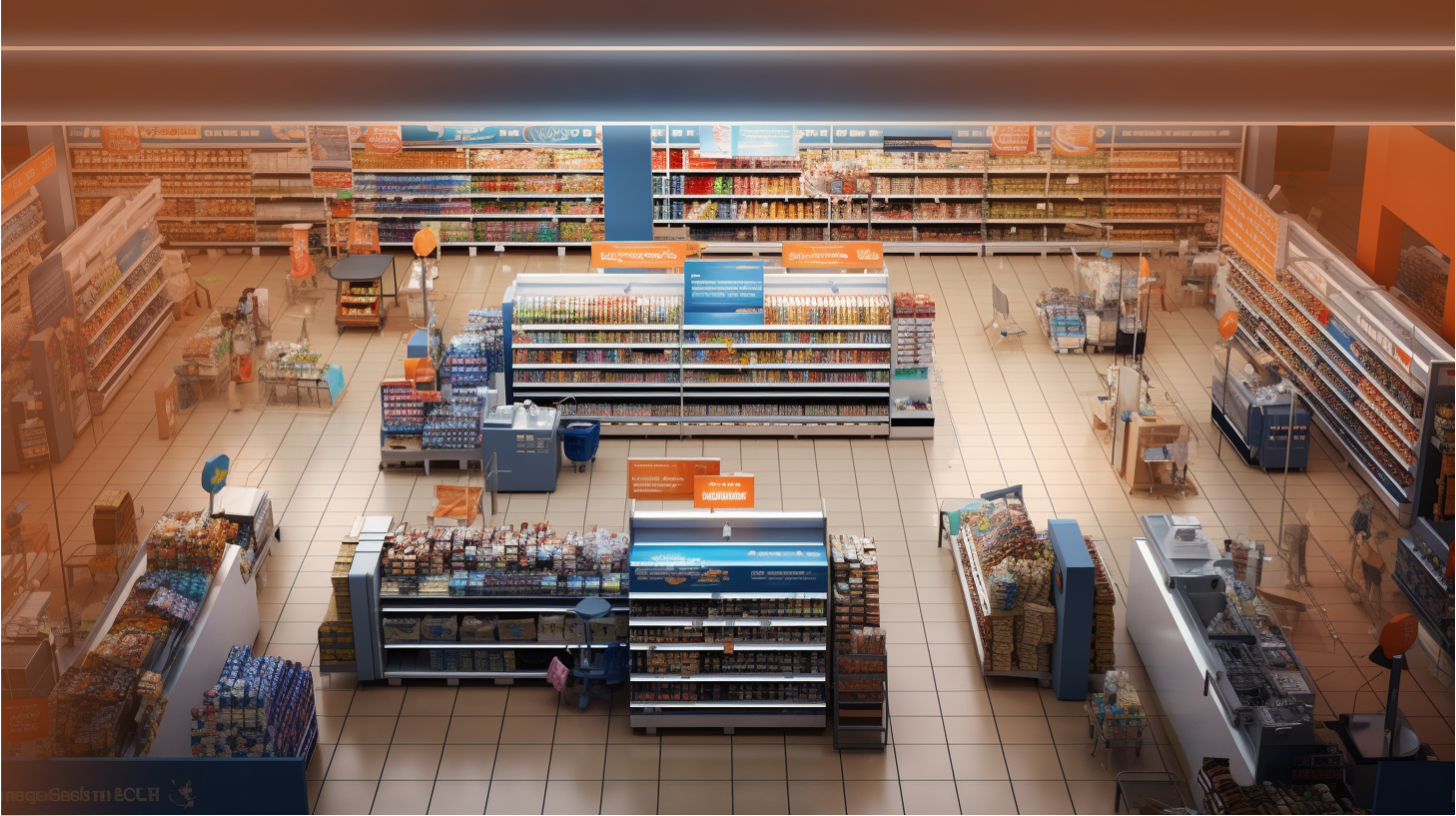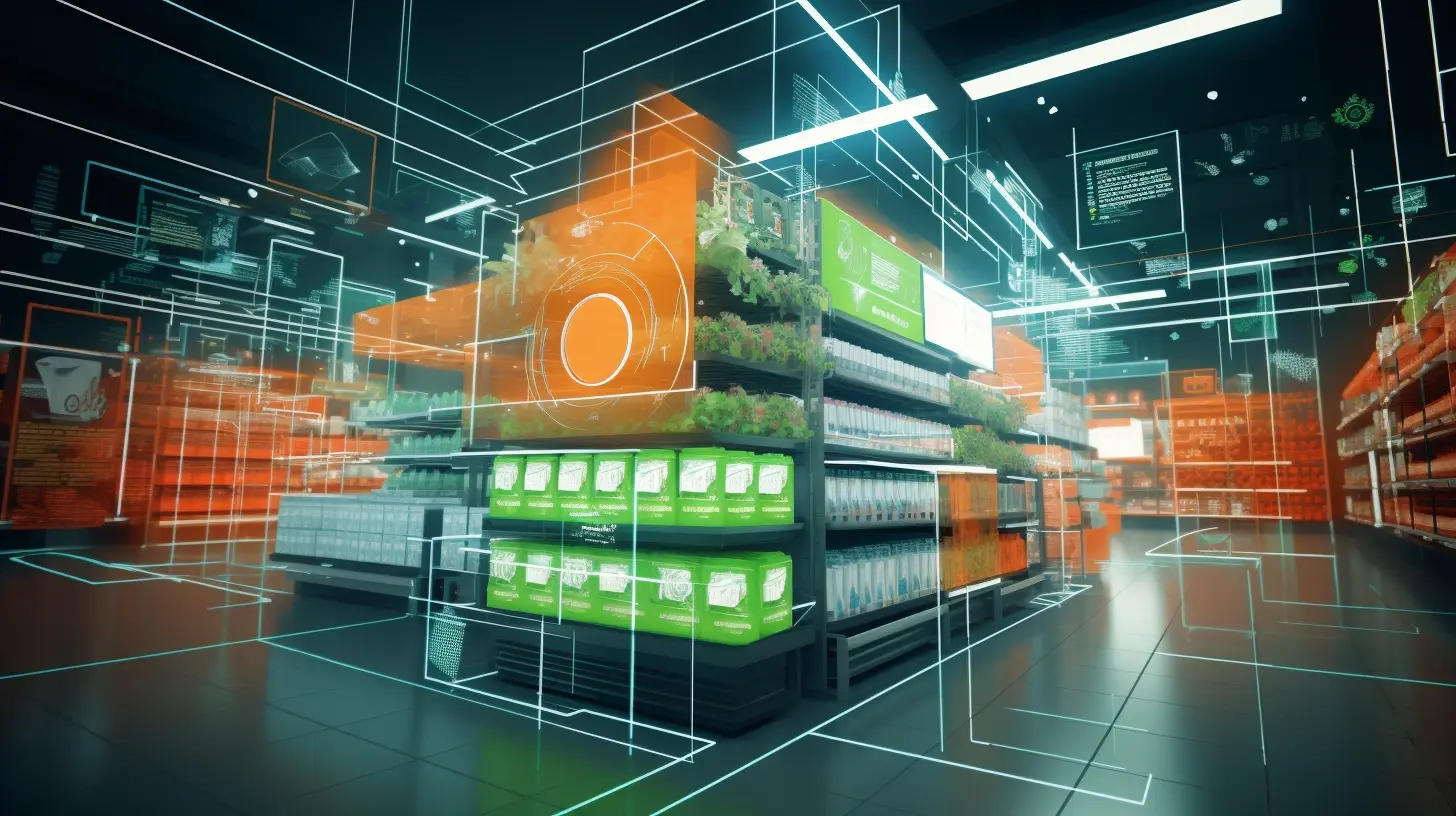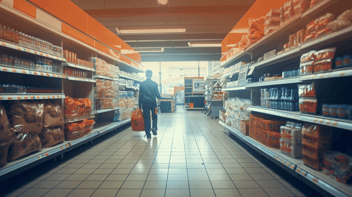Merchandising Misconceptions and How to Avoid Them in Retail Planning
Secondary displays are a crucial tool for grocery retailers and CPG brands to increase category performance and drive impulse sales. When incorporated with broader shopper marketing strategies, displays can go a long way in engaging shoppers before, during and after their buying experience. When placed strategically in right store locations or cross-promoted with adjacent categories, secondary displays can drive brand recognition, increase trial and boost impulse purchases. The right displays can engage and delight shoppers while allowing retailers to increase revenue through better visibility.
In fact, high performing category displays can contribute as much as 70% of total sales in a given promotional window.
However, it is essential to note that in-store displays can also have some of the highest failure rates. We can attribute this to two reasons: First, the marketers responsible for the display focus on the wrong metrics, neglecting the bigger picture; and second, there are inefficiencies in display planning and in-store execution. Both these challenges can be traced back to the same root cause: a lack of precise in-store measurement and analytics that leave marketers "in the dark” with irrelevant insights or essentially through guesswork.
To re-imagine and evolve your trade marketing outlook using AI-powered insights, consider the following:
- The goal of most display campaigns is to increase unit sales, boost in-store revenue, and increase brand recognition and equity. However, another robust metric to measure their effectiveness would be to establish how effective the display is at drawing incremental traffic into the center store. VideoMining’s patented methodology has identified that displays with certain attributes can have a significant impact on influencing shoppers to walk down the center store aisle and engage with multiple product offerings.
- Highest traffic areas are not necessarily the best locations for all displays. In fact, VideoMining’s display behavior data shows that some of the lower traffic areas, drive the highest engagement and conversions for some categories.
- Look beyond the lobby. To build shopper loyalty, retailers are using in-store services as a way to create zones where waiting and lingering are commonplace. The traffic dynamics for these service areas are different from other areas of the store, creating unique opportunities for displays. Marketers can take advantage of these service areas by designing and positioning displays that engage shoppers for longer periods of time, driving incremental sales.
It is critical for CPG marketers to use fact-based insights to build display and promotional strategies, and approach shopper marketing programs with agility and curiosity to create game-changing ideas. It is important to focus on metrics that actually matter to pave the future of retail.
At VideoMining, we are dedicated to unlocking retail insights through AI-powered observational research, which analyzes shoppers' actual actions and behaviors using a vast sample size (often in hundreds of millions of store visits). We focus on raw and authentic evidence to provide a unique, fact-based perspective. Give us a shout at solutions@videomining.com and discover what you could learn from tracking every single step of your shoppers' journey. What valuable insights could you gain if you could see it all? Let's explore together!




.png?width=352&name=1%20(9).png)
.png?width=352&name=Copy%20of%20Copy%20of%20Gradient%20-%20VideoMining-InstaPosts%20(34).png)